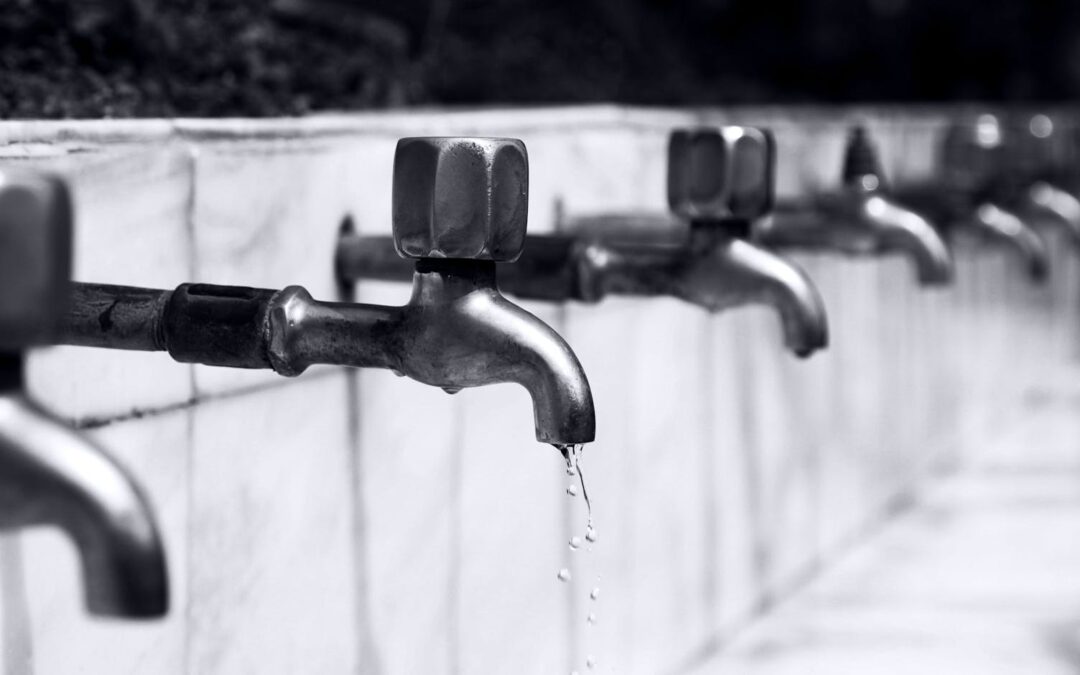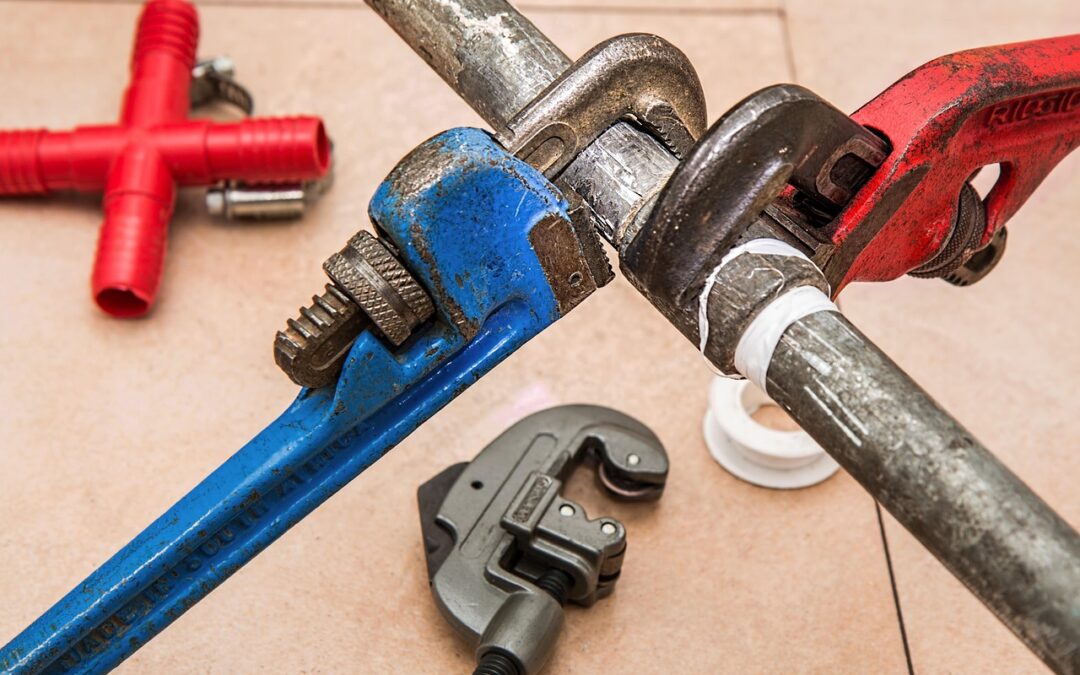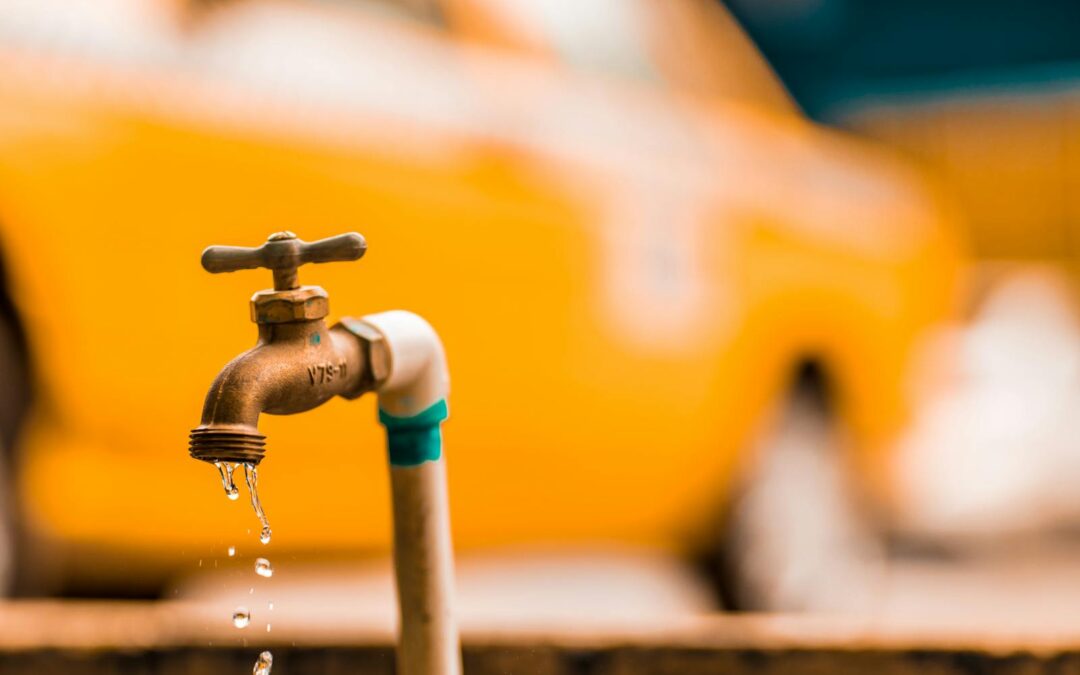Plumbing is an integral component of every building project. In contrast to service plumbing, which entails the maintenance and repair of existing plumbing systems, new construction plumbing comprises the installation of all plumbing systems for new building construction.
Plumbers must be knowledgeable and experienced to complete new plumbing projects correctly, as many components must work together in harmony.
Plumbers must also be familiar with local codes and regulations regarding new construction plumbing. MD Sewer & Plumbing Service is here to make the process easier, with experienced professionals ready to tackle all your new construction plumbing needs.
Schedule Service Online
Get a free estimate so you know what you're signing up for
"*" indicates required fields
For Emergency Services Call: 410-255-9300
In this piece, we’ll discuss what new construction plumbing entails, the regulations that must be adhered to, the common components of new plumbing, and the phases of new construction plumbing. We also provide helpful tips for new construction plumbing projects; and tell you why MD Sewer is the top choice for all your new plumbing needs.
What Is New Construction Plumbing?
New construction plumbing entails installing necessary plumbing systems in a new building. New construction plumbing is done in stages which are completed as the building progresses.
Durability is often a key consideration when it comes to new construction plumbing. The plumbing systems should last for years and serve the building for its lifetime or at least for a long time before replacement. Therefore, plumbers must be aware of the lifespans of various plumbing fittings to ensure that the system is built correctly from the start.
Safety is another critical consideration in new construction plumbing. The plumbers must ensure that they install plumbing fittings in such a way that it does not pose any safety risk.
Some regulations guide new construction plumbing to ensure that the systems are top-quality and last long. Plumbers must be familiar with these regulations, local codes, and guidelines to ensure that the plumbing system is built correctly and meets the standards. Plumbers must also ensure that all safety requirements are met, as the safety of those living in the building is of utmost importance.
These local codes vary from state to state, but most states follow the Uniform Plumbing Code (UPC). This code is used as the basis for all local plumbing ordinances throughout the United States. It covers everything from pipe sizes to venting requirements and fixture spacing, among other things. Plumbers should be aware of any changes made by their local jurisdiction as these may differ from the UPC. They should also consider the codes and regulations that apply to commercial plumbing as well as those that apply to residential plumbing systems.
Finally, plumbing fittings are generally installed on a component base, starting from the drain pipes to the fixtures, which is the end-user point of interaction with the plumbing systems.
What Are The Common Components Of New Construction Plumbing?
The common components of a new plumbing system are drain pipes, water supply pipes, vent pipes, water heaters, and plumbing fixtures such as toilets and sinks, among others. Plumbers should ensure that these components will work together seamlessly before beginning installation.
Installing The Drain Pipes
Drain pipes include the main drain line, which carries all wastewater from the building, and any other minor drains needed for sinks or toilets. Plumbers typically run the main drain line from the building to the municipal sewer system or septic tank while carefully adhering to local code. It is also important to know the diameter and length requirements for each pipe run.
Installing The Water Supply Pipes
Water supply pipes are essential parts of new construction plumbing. Plumbers install hot and cold water supply pipes and any additional piping required for the building’s plumbing requirements. They also connect the municipal water system’s water supply pipes to each building’s fixture.
Installing The Vent Pipes
Vent pipes are necessary for any new construction plumbing project. These pipes allow air to enter the plumbing system and serve as an outlet for wastewater gases. Plumbers must ensure enough ventilation throughout the system to keep it running efficiently.
Installing The Water Heater
The water heater is an essential part of any new construction plumbing project. Plumbers should ensure that the water heater is appropriately sized and installed to provide enough hot water for the building’s needs. Plumbers must also be aware of any local code requirements regarding the installation of water heaters and safety measures.
Installing Plumbing Fixtures
Plumbing fixtures are the end-user point of interaction with the plumbing system. Before completing the project, plumbers are required to ensure that the fixtures are correctly installed and functioning. Plumbers must also be aware of any local code requirements regarding fixture installation.
Testing Plumbing Systems
New construction plumbing is only complete with testing. Plumbers typically perform a series of tests to ensure that the plumbing system is functioning correctly and meeting all local codes. Plumbers must also inspect the system for any issues that need to be addressed before the project is considered complete.
Phases In New Construction Plumbing
New construction plumbing can be phased into three parts:
- The underground rough-in phase.
- The above-ground rough-in phase (top out/stack out).
- The finishing phase (trim out/trim finish).
There’s also a different phase that doesn’t happen along with the new construction plumbing but is a worthy mention, and that is the service and maintenance phase.
The Underground Rough-In Phase
The underground Rough-In phase is the first phase in new building construction plumbing. This phase involves setting the foundation for the new construction plumbing, which includes running drainage pipes and a water supply pipe system through walls, installing vent pipes, and connecting them to the main sewer line.
The Above-Ground Rough-In Phase
After setting the foundation for the new construction plumbing system, plumbing installation follows. This phase involves connecting all fixtures to the plumbing system, installing the water heater, and running the vent pipes. Plumbers should know any local code requirements regarding plumbing installation and safety.

The Finishing Phase
This phase involves connecting all fixtures to the plumbing system and installing the water heater, sinks, faucets, and other fixtures. Plumbers must also ensure that all connections are securely made, with no leaks. Plumbers must also test all fixtures and connections to ensure they are functioning correctly before finalizing the project.
Service And Maintenance Phase
Service and maintenance are recurring and are usually done by a separate contractor. At this phase, plumbers will also ensure that the plumbing system is functioning correctly, with no leaks or obstructions, before offering any services or maintenance. Plumbers must also check for potential safety hazards, such as exposed wires or combustible materials.
Ten Helpful Tips For New Construction Plumbing Projects
These tips can help increase the success of new construction plumbing projects.
- Work closely with plumbers, architects, and other professionals to determine the best possible design for the plumbing system.
- Create a timeline beforehand and stick to it to reduce costly delays and mistakes.
- Communicate clearly with subcontractors and laborers to avoid any on-site miscommunication or errors.
- When purchasing materials, always purchase from reliable sources to ensure the quality of materials used is top-notch.
- Make sure all fittings are installed according to local codes and regulations.
- Plumbers must use quality materials when installing new construction plumbing to ensure its long-term durability.
- Plumbers must inspect all system components before installation to ensure they are up to code and safe for use.
- Plumbers should plan out the installation process carefully to ensure it is done properly and efficiently.
- Plumbers should always keep safety as a top priority when working on any construction project, especially one involving plumbing systems.
Following these tips will ensure that the new construction plumbing is done correctly, meets all standards and regulations, and stands the test for years to come.
Summary
Plumbers are required to be knowledgeable about a lot of things to complete a new construction plumbing project and ensure that plumbing systems are installed properly. They need to be familiar with local code requirements and safety guidelines.
They also need to have proficiency in installing water heaters, private well systems, and other fixtures, and how to test the system for proper functionality, checking the water pressure, and ensuring that the fittings used are appropriate given the circumstance.
Plumbers must also be aware of potential safety hazards during the project. In addition, they should be familiar with service and maintenance procedures so that the plumbing system can be kept running smoothly long after the project is completed.
Need New Construction Plumbing?
MD Sewer has been providing excellent plumbing services since 1985, with experience in commercial and residential building plumbing systems. We also have the necessary building permits and know the local plumbing codes that apply to new construction plumbing systems.
With MD Sewer & Plumbing Services, you can trust that you’ll receive free and honest estimates, no hassle guarantee, upfront pricing, and experienced plumbers with 24/7 emergency service. When it comes to plumbing for your new construction project, don’t settle for anything less than the best—choose MD Sewer!
So contact us today and let our team help you get started on your new construction plumbing needs. We look forward to hearing from you!




